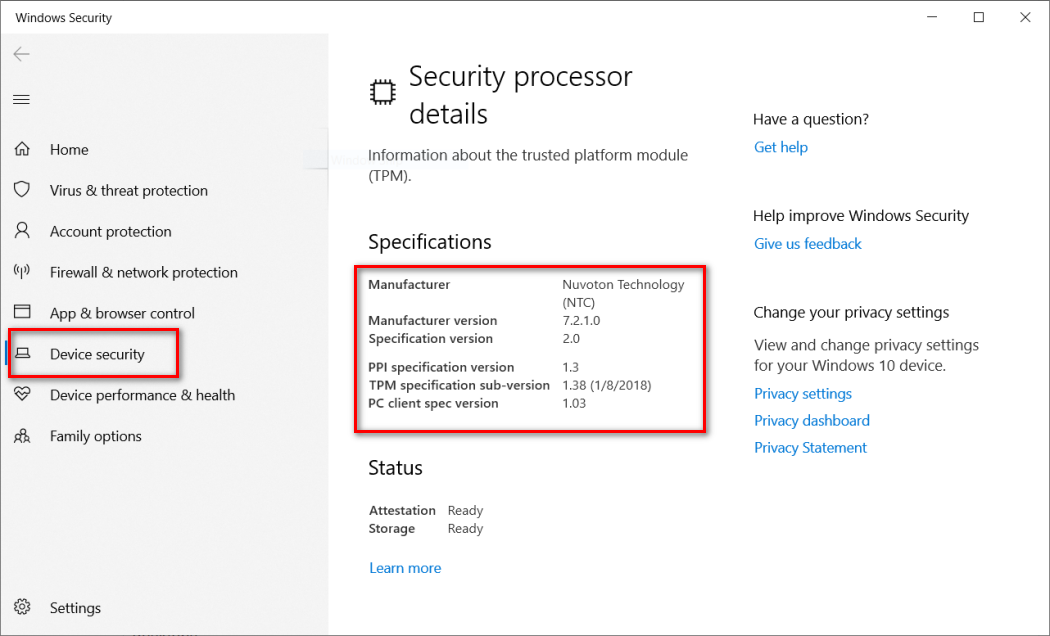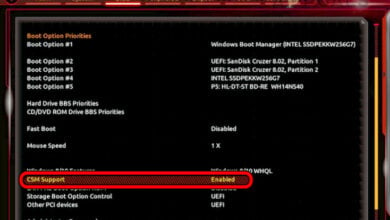How to Enable TPM 2.0 in BIOS on Asus Devices
Welcome to our comprehensive guide on how to enable TPM 2.0 in the BIOS of Asus devices. Whether you have an Asus laptop or a desktop motherboard such as Asus Prime, ROG Strix, or TUF Gaming, this article will provide you with the necessary steps to enable TPM 2.0, regardless of whether you have an Intel or AMD processor.

Why Enable TPM 2.0?
TPM (Trusted Platform Module) is a hardware-based security feature that provides enhanced protection for your device by securely storing sensitive information, such as encryption keys, passwords, and certificates. Enabling TPM 2.0 in your Asus device’s BIOS ensures that your system has an extra layer of security, making it more resistant to attacks and unauthorized access.
Step-by-Step Guide to Enable TPM 2.0 in Asus BIOS
Follow these simple steps to enable TPM 2.0 in the BIOS of your Asus device:
Step 1. Access the BIOS: To access the BIOS, restart your Asus device and press the DEL or F2 key repeatedly during the boot process. The specific key may vary depending on your Asus device model, so consult your user manual or Asus support website for the exact key.
Step 2. Navigate to Security Settings: Once you are in the BIOS setup utility, navigate to the “Security” or “Advanced” section using the arrow keys on your keyboard. Look for the “Trusted Computing” or “TPM Configuration” option and select it.
Step 3. Enable TPM:
- Intel Motherboards: Go to Advanced\PCH-FW Configuration page and enable “PTT”

- AMD Motherboards: Go to Advanced\AMD fTPM configuration page and switch “TPM Device Selection” option to “Firmware TPM”.

Step 4. Save and Exit: After enabling TPM, save your changes by selecting the Save & Exit or Exit option in the BIOS. Your Asus device will reboot, and TPM 2.0 will be enabled.
Verifying TPM 2.0 Status
To confirm that TPM 2.0 is now enabled on your Asus device, you can follow these steps:
- Press the Win + I keys together to open the Windows Settings app.
- Navigate to Settings > Update & Security > Windows Security > Device security.
- Under the “Security processors” section, you should see the status of TPM. It should indicate that TPM 2.0 is now enabled on your Asus device.

Congratulations! You have successfully enabled TPM 2.0 in the BIOS of your Asus device. Your system now benefits from the enhanced security provided by TPM, safeguarding your sensitive data.
If you encounter any issues or require further assistance, refer to your device’s user manual or visit the Asus support website for troubleshooting guides and additional information.
Remember to keep your BIOS and operating system up to date to ensure optimal performance and security.
You may be wonder what’s the difference between PTT & TPM? Don’t worry we got you covered. Read next: PTT vs TPM: Microsoft’s Security Effort for Windows 11
 Reviewed by
Reviewed by 




